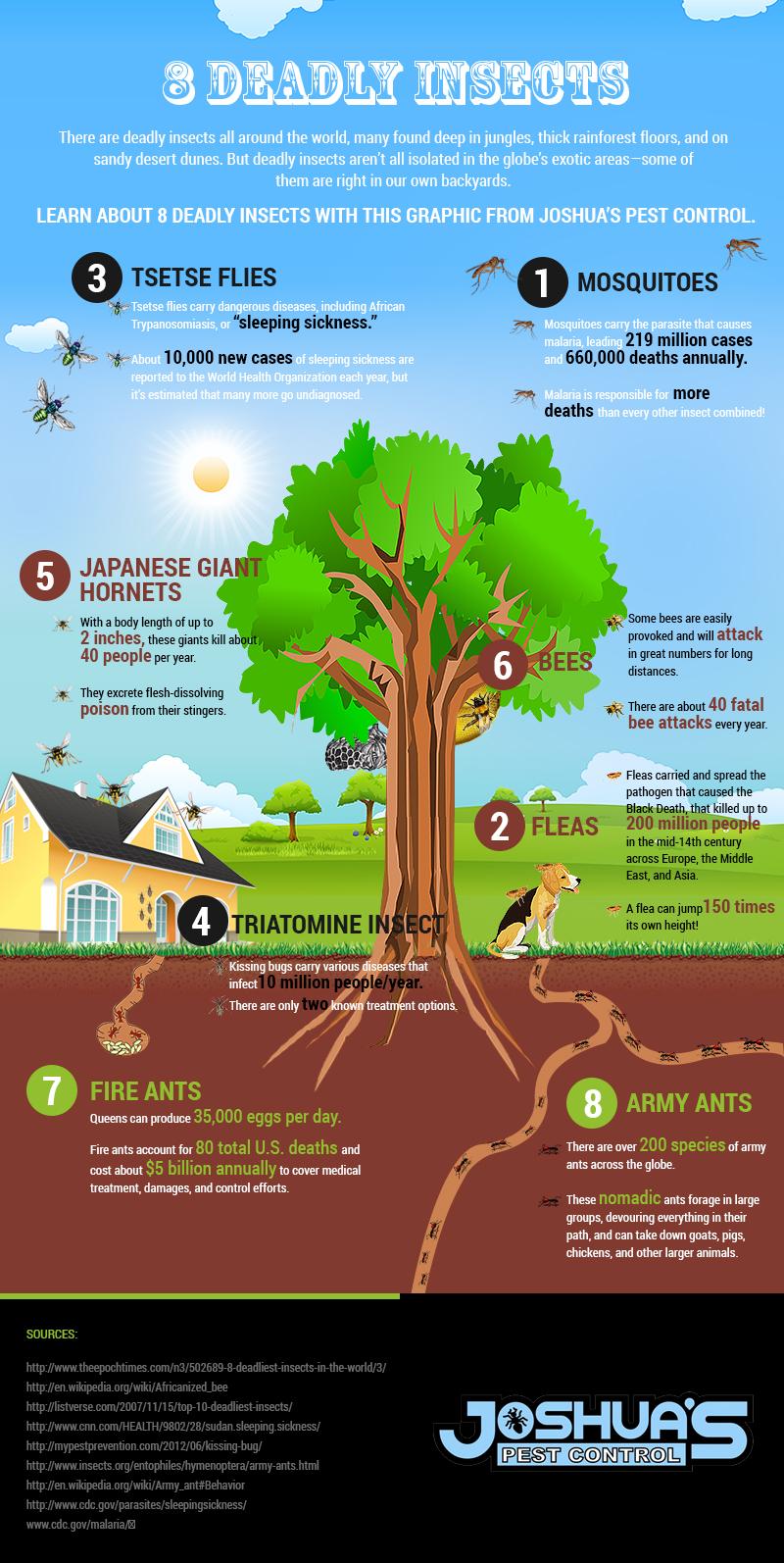Envision your attic room as a comfy Airbnb for rodents, with insulation as cosy as resort cushions and circuitry more enticing than room solution. Now, imagine these unwanted visitors tossing a wild party in your house while you're away. As a house owner, ensuring your attic room is rodent-proof is not just about peace of mind; it has to do with protecting your residential or commercial property and loved ones. So, what easy steps can you take to protect your haven from these fuzzy intruders?
Evaluate for Entry Points
To start rodent-proofing your attic, examine for entrance points. Begin by thoroughly checking out the exterior of your home, searching for any kind of openings that rats could use to access to your attic. Look for voids around utility lines, vents, and pipes, along with any kind of cracks or openings in the foundation or exterior siding. See to it to pay close attention to areas where different structure materials satisfy, as these are common entry factors for rodents.
Additionally, check the roof for any kind of harmed or missing roof shingles, as well as any type of spaces around the sides where rodents could press via. Inside the attic room, search for indicators of existing rodent activity such as droppings, chewed cords, or nesting materials. Use flea pesticide for home to extensively inspect dark corners and concealed areas.
Seal Cracks and Gaps
Inspect your attic room thoroughly for any kind of fractures and gaps that need to be sealed to stop rodents from getting in. Rats can squeeze through even the smallest openings, so it's critical to seal any possible access factors. read the article around pipes, vents, cable televisions, and where the wall surfaces meet the roof covering. Make use of a mix of steel wool and caulking to seal off these openings properly. Steel wool is a superb deterrent as rats can not chew with it. Ensure that all voids are tightly sealed to refute accessibility to undesirable parasites.
Do not overlook the value of sealing spaces around doors and windows also. Usage climate stripping or door moves to seal these locations properly. Check the areas where energy lines go into the attic room and secure them off utilizing an ideal sealant. By making the effort to seal all splits and spaces in your attic room, you develop an obstacle that rats will find tough to violation. Prevention is type in rodent-proofing your attic room, so be extensive in your efforts to seal off any type of prospective access points.
Get Rid Of Food Resources
Take aggressive procedures to eliminate or keep all potential food resources in your attic to deter rats from infesting the area. https://howtoremoveratsfromyourho62739.blogproducer.com/33187559/shield-your-economic-safety-and-security-and-avoid-pricey-damage-with-termite-insect-control-solutions are attracted to food, so removing their food sources is essential in maintaining them out of your attic.
Here's what you can do:
1. ** Store food safely **: Stay clear of leaving any food products in the attic. Store all food in impermeable containers made of metal or durable plastic to avoid rats from accessing them.
2. ** Clean up debris **: Remove any heaps of particles, such as old papers, cardboard boxes, or timber scraps, that rats could make use of as nesting product or food resources. Maintain the attic clutter-free to make it less attractive to rodents.
3. ** Dispose of rubbish effectively **: If you utilize your attic room for storage space and have trash or waste up there, make certain to throw away it routinely and correctly. Rotting garbage can draw in rodents, so maintain the attic room tidy and devoid of any type of organic waste.
Verdict
Finally, keep in mind that an ounce of prevention is worth a pound of treatment when it pertains to rodent-proofing your attic room.
By taking the time to check for entry factors, seal cracks and spaces, and get rid of food resources, you can keep unwanted insects at bay.
Bear in mind, 'An ounce of prevention is worth an extra pound of cure' - Benjamin Franklin.
Keep positive and protect your home from rodent invasions.
